Submarine cultures perform long- term robotic exploration of unconventional environmental niches

Project description
information from the official web site subCULTron
The aim of subCULTron project is achieving long-term autonomy in a learning, self-regulating, self-sustaining underwater society/culture of robots in a high-impact application area: Venice, Italy.
Project's heterogeneous system consists of 3 different agent types:
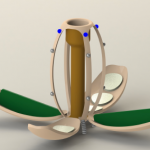
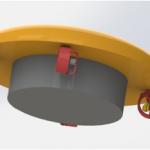

| aPads: These agents at the surface will provide global cognition, user interaction and energy autonomy for the whole system. | aMussels: These very weakly actuated units will provide long-term spatial coverage. | aFish: These highly manouverable agents will provide action and information transfer. |
The application field is a human- and animal-co-inhabited real-world environment of high impact: Venice canals & lagoon. These habitats are highly dynamic and structured, expected to be reflected by a spatial self-structuring of our mussel population. These sub-populations locally perform memetic or cultural learning algorithms on their specific local data. Thus cultural evolution algorithms will promote sub-culture development, similar to the human society that does the same above the water level in parallel.
Overall, we aim for an artificial society underneath the water-surface to the service of a human society above the water.
Partners
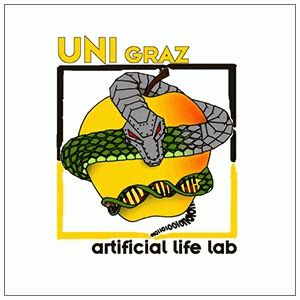
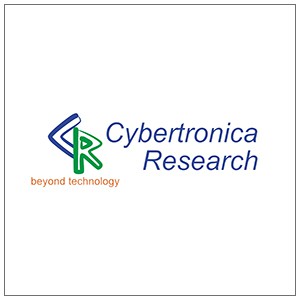
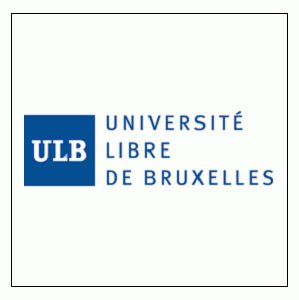
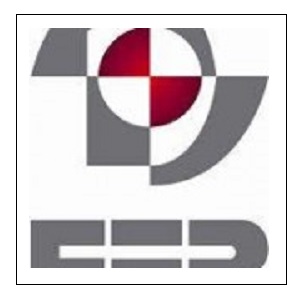

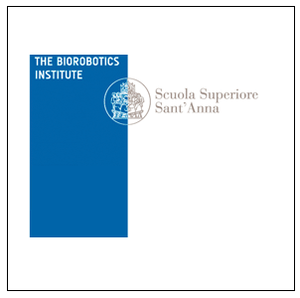
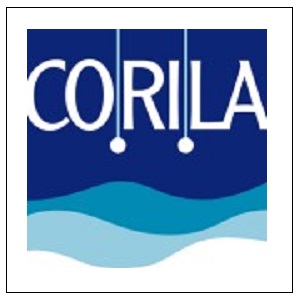
Consortium
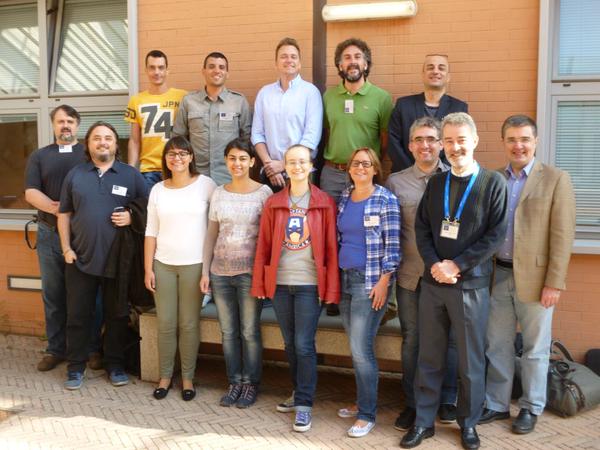
from Italy, Austria, Belgium, Croatia, Germany, and France
was meeting in Pontedera, Italy, for making the first steps to create (again) the largest autonomous underwater swarm!
The project is funded by European Commission under the programme Future and Emerging Technologies, EU-H2020 Project no. 640967, FETPROACT-2-2014: Knowing, doing, being: cognition beyond problem solving
